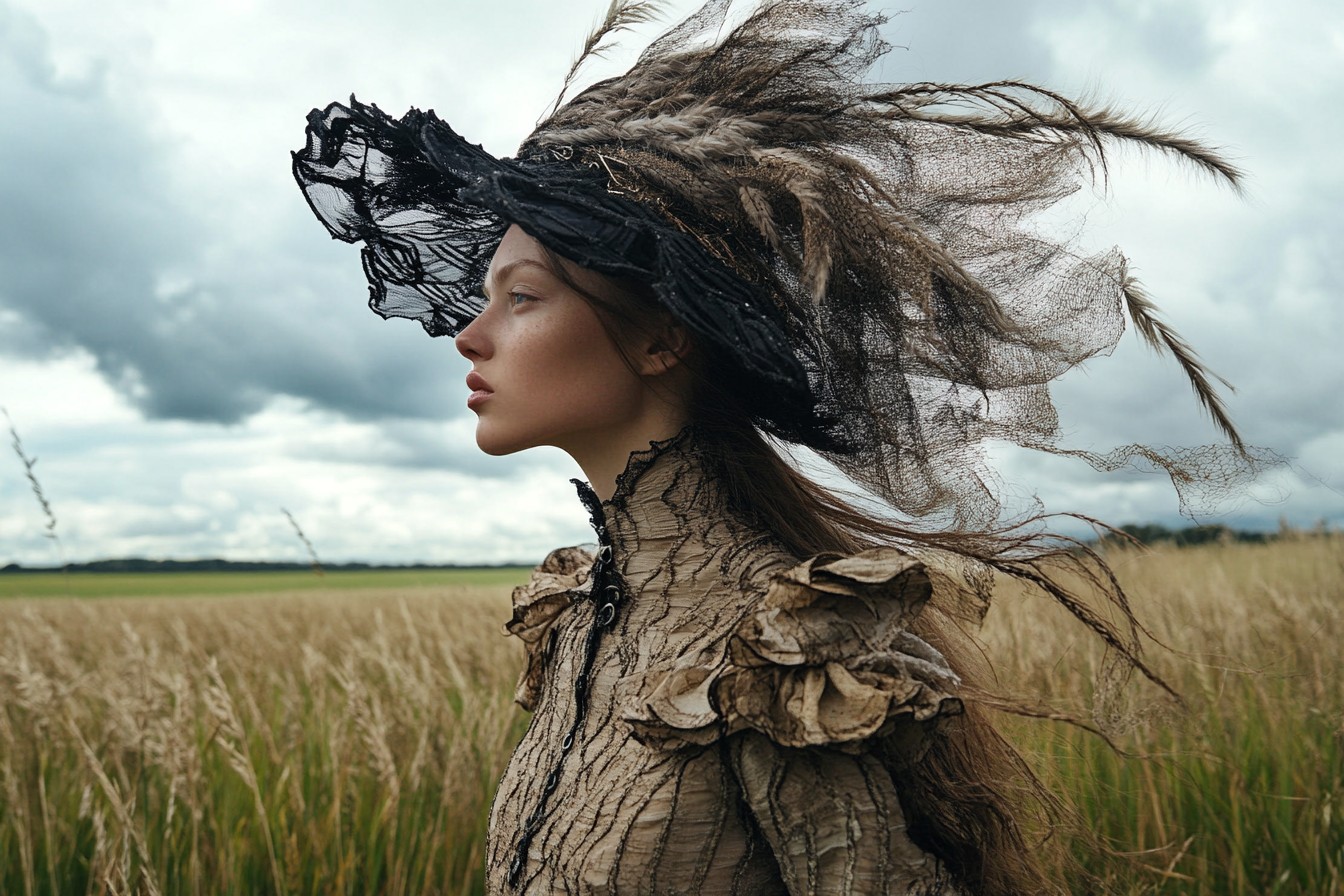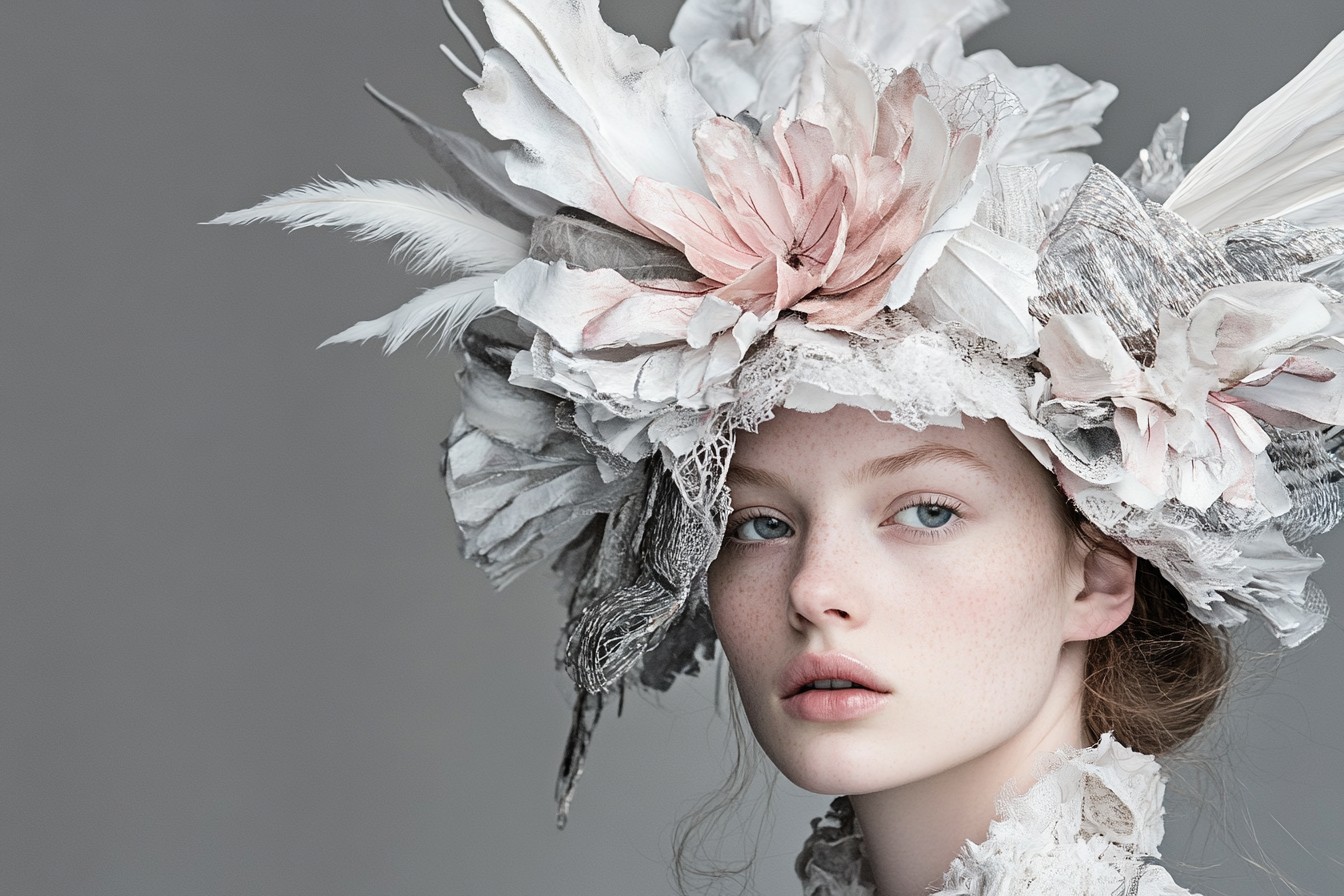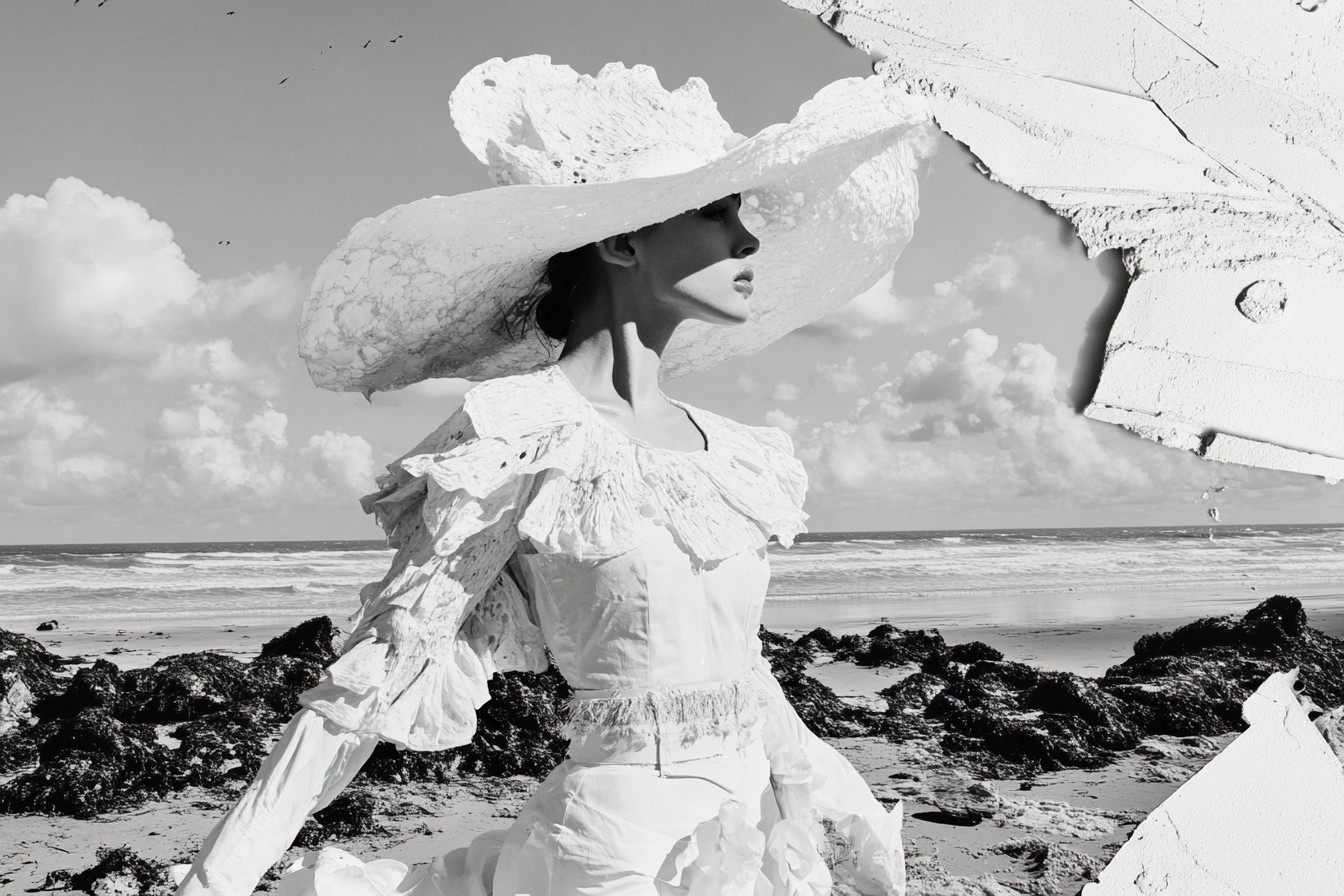The invitation sat on my kitchen counter for three days before I could bring myself to respond. “Would be delighted if you could join us at Hatherly for the weekend of the 15th,” it read in the kind of handwriting that screamed “my ancestors owned people.” Hatherly, as in Hatherly Hall. As in the massive country estate belonging to the family of James, the posh bloke from the marketing team who I’d somehow become friends with despite the fact that his childhood and mine may as well have happened on different planets.
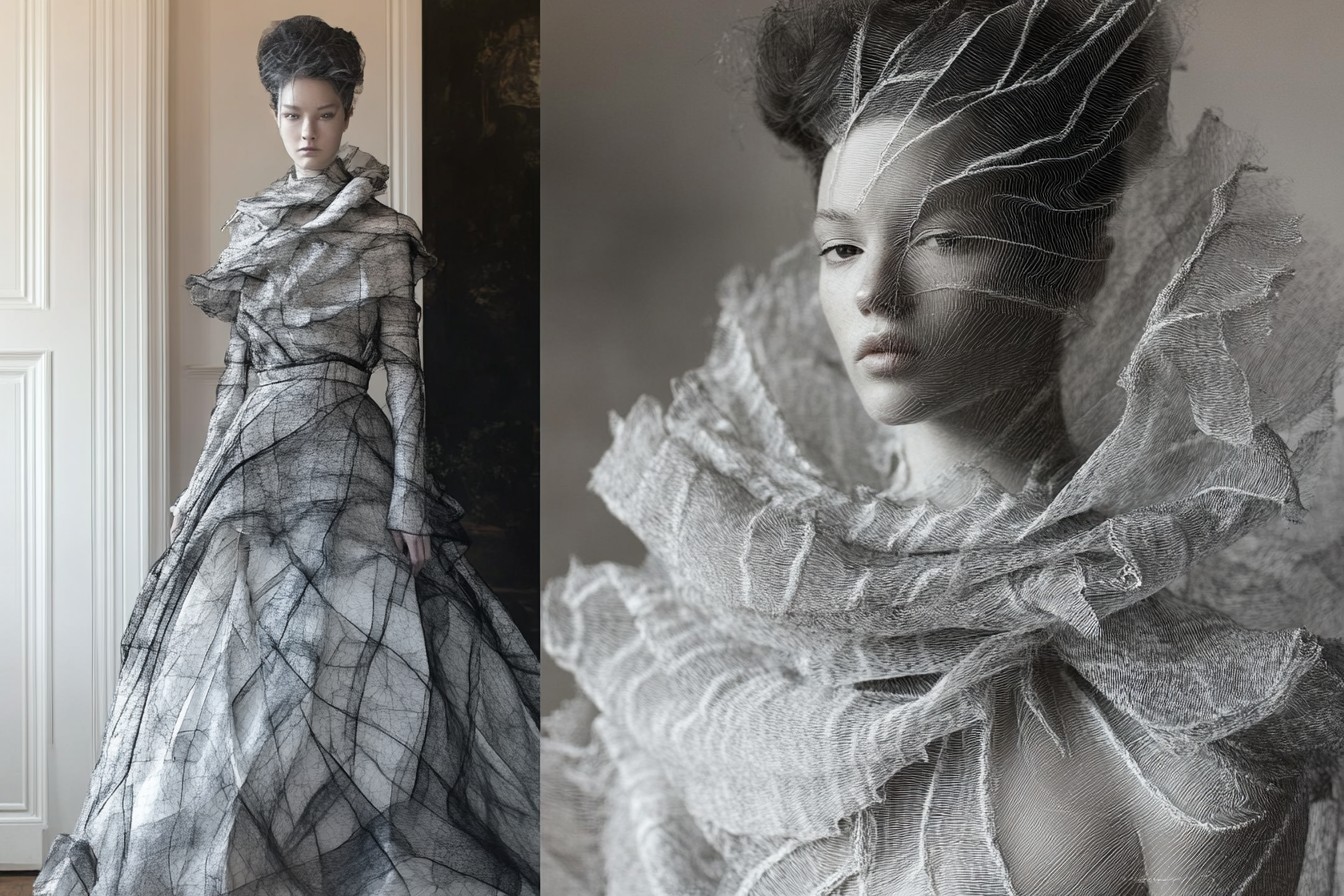
Look, I grew up on a council estate in Sheffield. The poshest house I’d ever stayed in before this was my aunt’s semi-detached in Rotherham, which had the luxury of a downstairs loo and a conservatory. The idea of spending a weekend in a house with actual turrets brought me out in a cold sweat.
“You have to go,” insisted my flatmate Leila, who was far too excited by the prospect of me mingling with the upper classes. “It’ll be like that episode of Downton Abbey where the chauffeur starts dating the daughter and everyone’s horrified.”
“I’m not dating James,” I reminded her. “We’re just friends. And I have absolutely nothing suitable to wear for a place with an actual ballroom.”
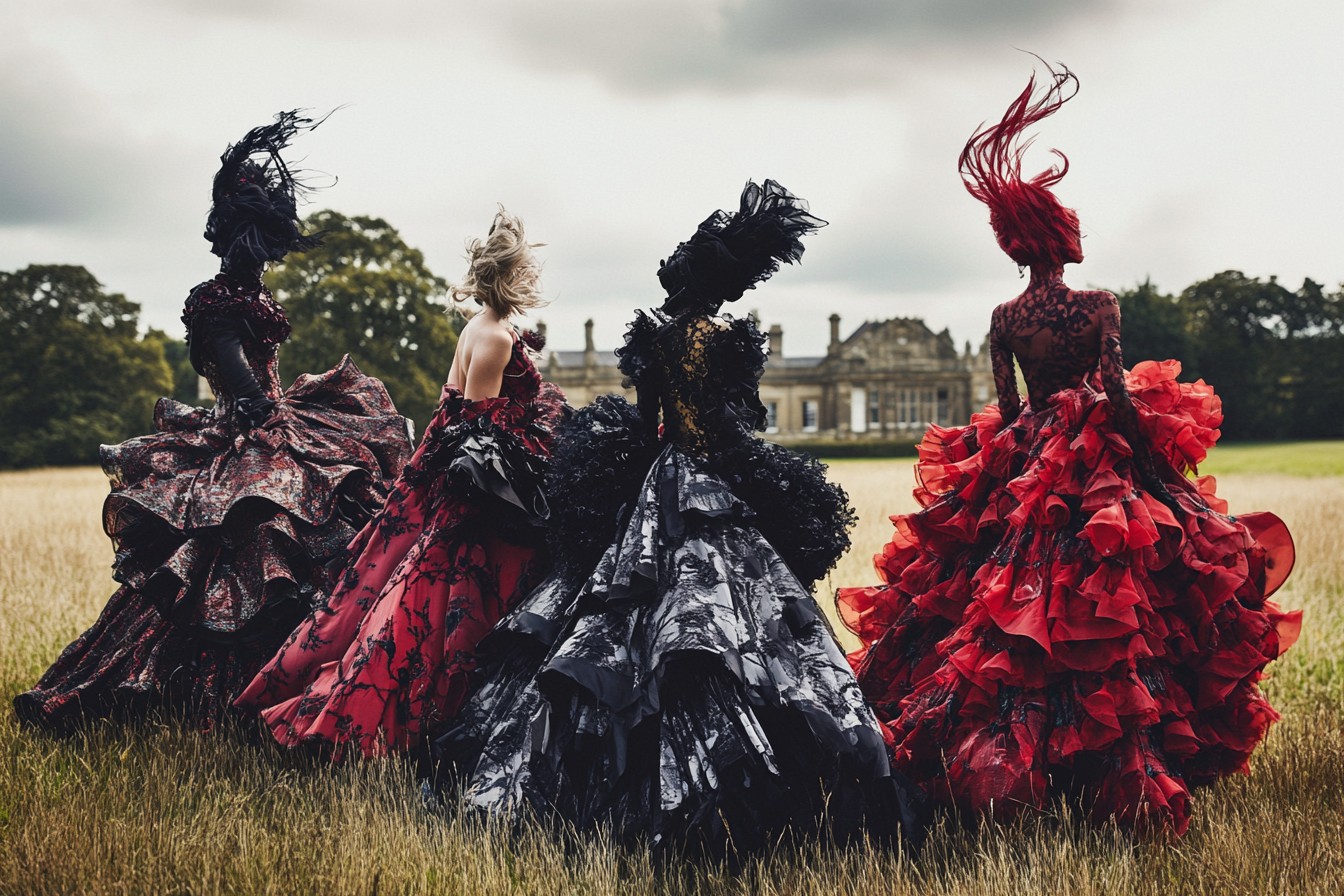
“You work in fashion!” she exclaimed, gesturing wildly at my overflowing wardrobe. “You literally get paid to know about clothes!”
That was the problem, though. I know about fashion. Country house dressing isn’t fashion—it’s a complex code designed over centuries to signal belonging to a class that I very much don’t belong to. It’s not about looking good; it’s about looking right. And the penalty for getting it wrong isn’t just feeling out of place—it’s being silently judged by people whose family portraits go back to the 1600s.
But curiosity (and Leila’s persistent badgering) won out, and I found myself texting James an acceptance while simultaneously panic-Googling “what to pack for country house weekend not posh.”
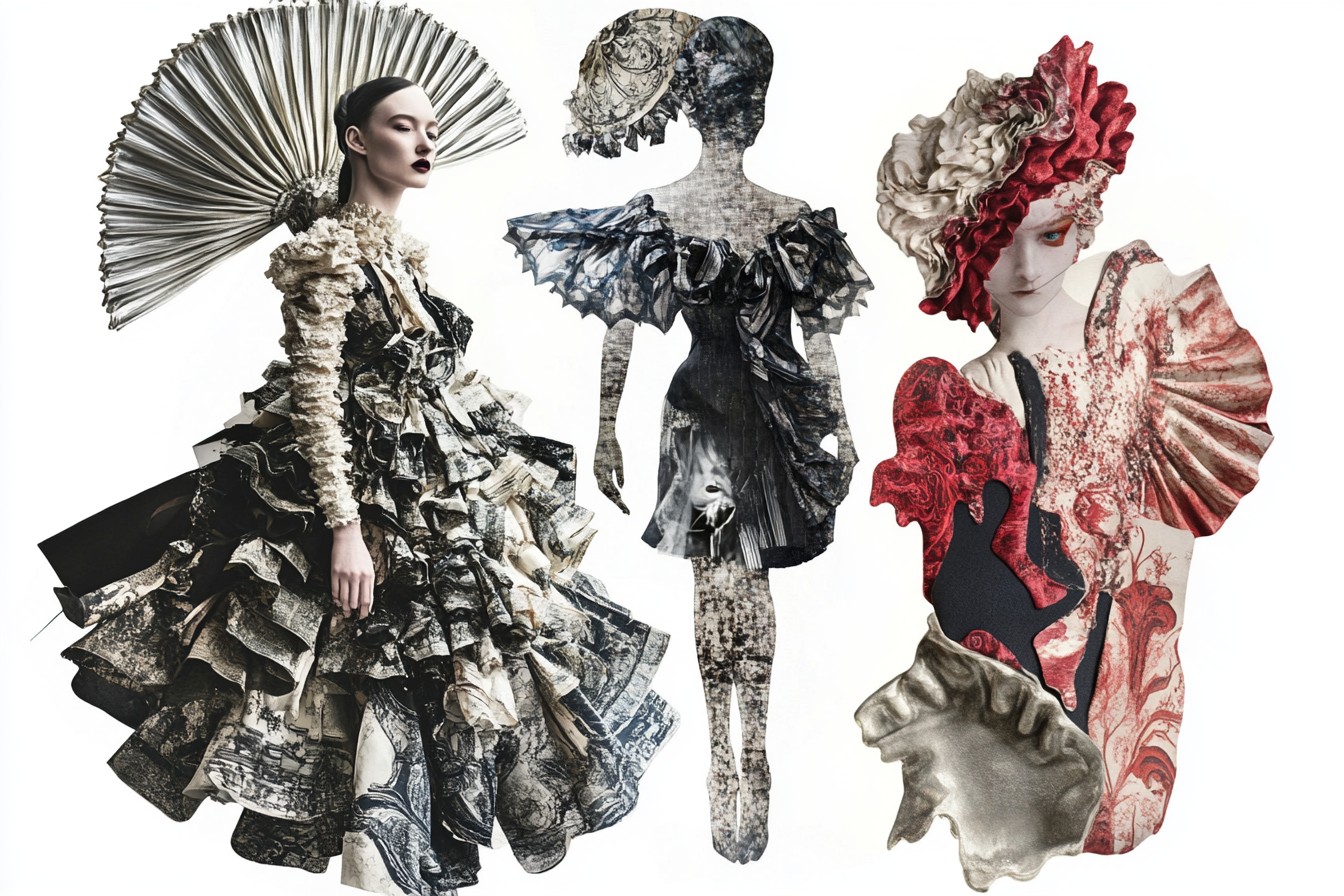
Three country house weekends later (turns out once they’ve identified you as a non-threatening outsider, the posh love having you back), I’ve developed something of a survival guide for those of us from normal backgrounds who suddenly find themselves expected to know the difference between black tie and white tie, or what “dress for dinner” actually means when dinner happens in your own house.
Let’s start with the absolute basics—what to actually bring with you. The first mistake I made was packing like I would for any other weekend away: one small bag, efficient minimalist packing, everything coordinated. Wrong. The posh pack like they’re emigrating to another continent, even for two nights. Multiple bags, outfit options for every conceivable occasion, and enough shoes to open a small branch of Clark’s.
“But why do you need all this stuff?” I asked James’s sister Charlotte during my second visit, as she unpacked what appeared to be her entire wardrobe into the guest room. (Yes, the guest rooms have names. Mine was “The Blue Room,” which at least was easier to remember than “The Bishop Pelham Suite” down the hall.)

“Because you never know,” she replied, as if that explained everything. And in a way, it does. The country house weekend operates on a principle of constant preparedness for impromptu activities. Sudden decision to go shooting? Need the right boots. Unexpected tennis match? Can’t possibly play in the wrong shoes. Cousin Rupert drops by with theater tickets? Quick, change for town.
As someone who normally considers “being prepared” to mean having both an umbrella AND a phone charger, this level of readiness was baffling. But when you grow up with an abundance of both space and stuff, I suppose the idea of traveling light seems unnecessarily austere rather than practical.
So, first tip: pack more than you think you need. Much more. But what exactly?
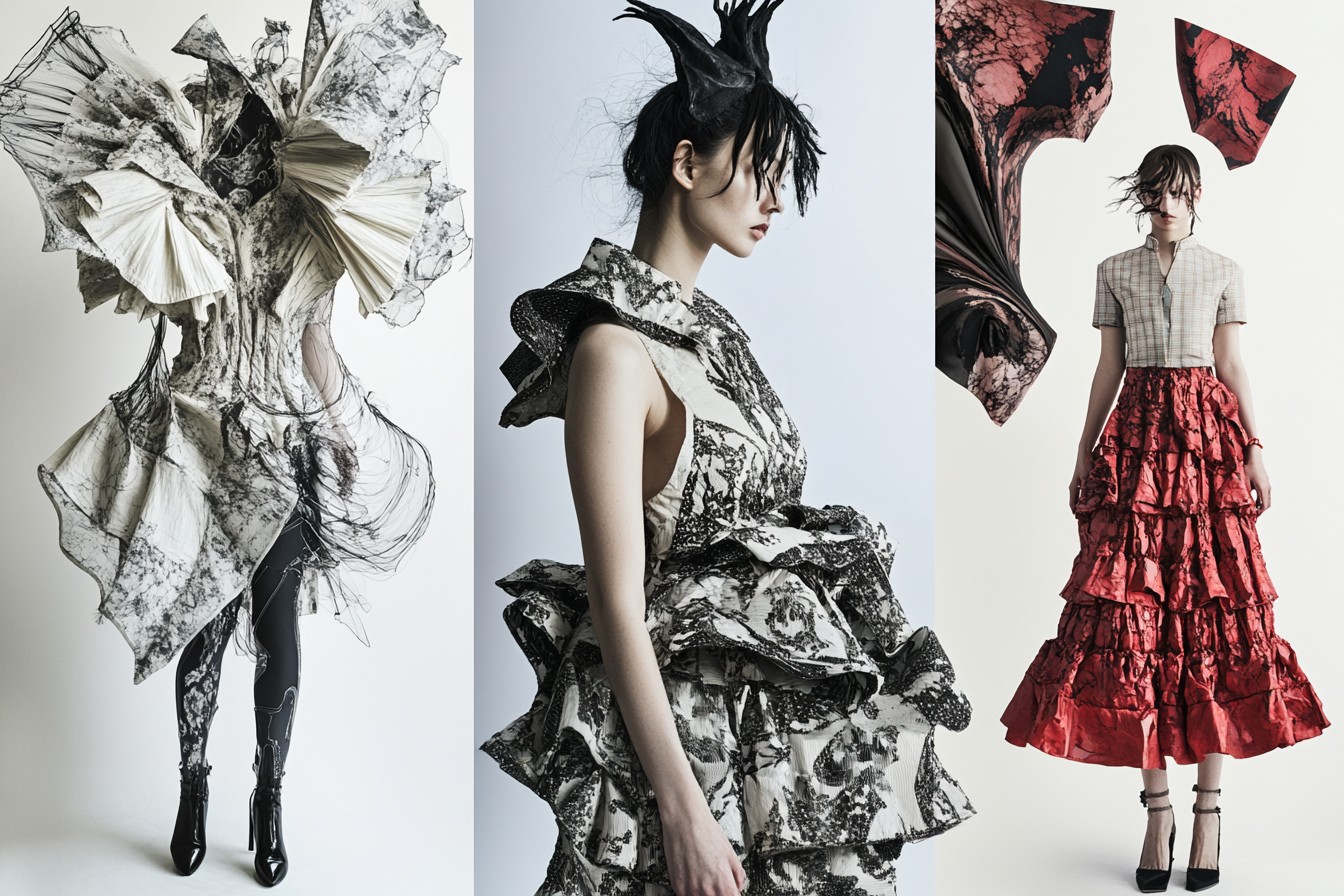
The core country house wardrobe for women centers around a few key pieces that bridge the casual/formal divide—clothes that can be dressed up or down depending on whether you’re tramping across muddy fields or drinking sherry in the drawing room (yes, they actually do this, it’s not just in Agatha Christie novels).
A good pair of jeans is essential, but not just any jeans. Nothing distressed, nothing too tight, nothing with conspicuous branding. The gold standard seems to be straight-leg dark denim that looks like jeans but could almost pass for trousers. I wore my favorite ripped skinny jeans the first morning at Hatherly and James’s mother looked at me with the kind of pity usually reserved for lost puppies or people who put milk in first when making tea.
For tops, you want things that can layer—because country houses, despite their grandeur, are notoriously drafty. Proper ancestral homes are basically beautiful refrigerators with art. Think button-downs, lightweight jumpers (cashmere if you have it, merino if you don’t), and at least one blazer that doesn’t look too “work-y.”
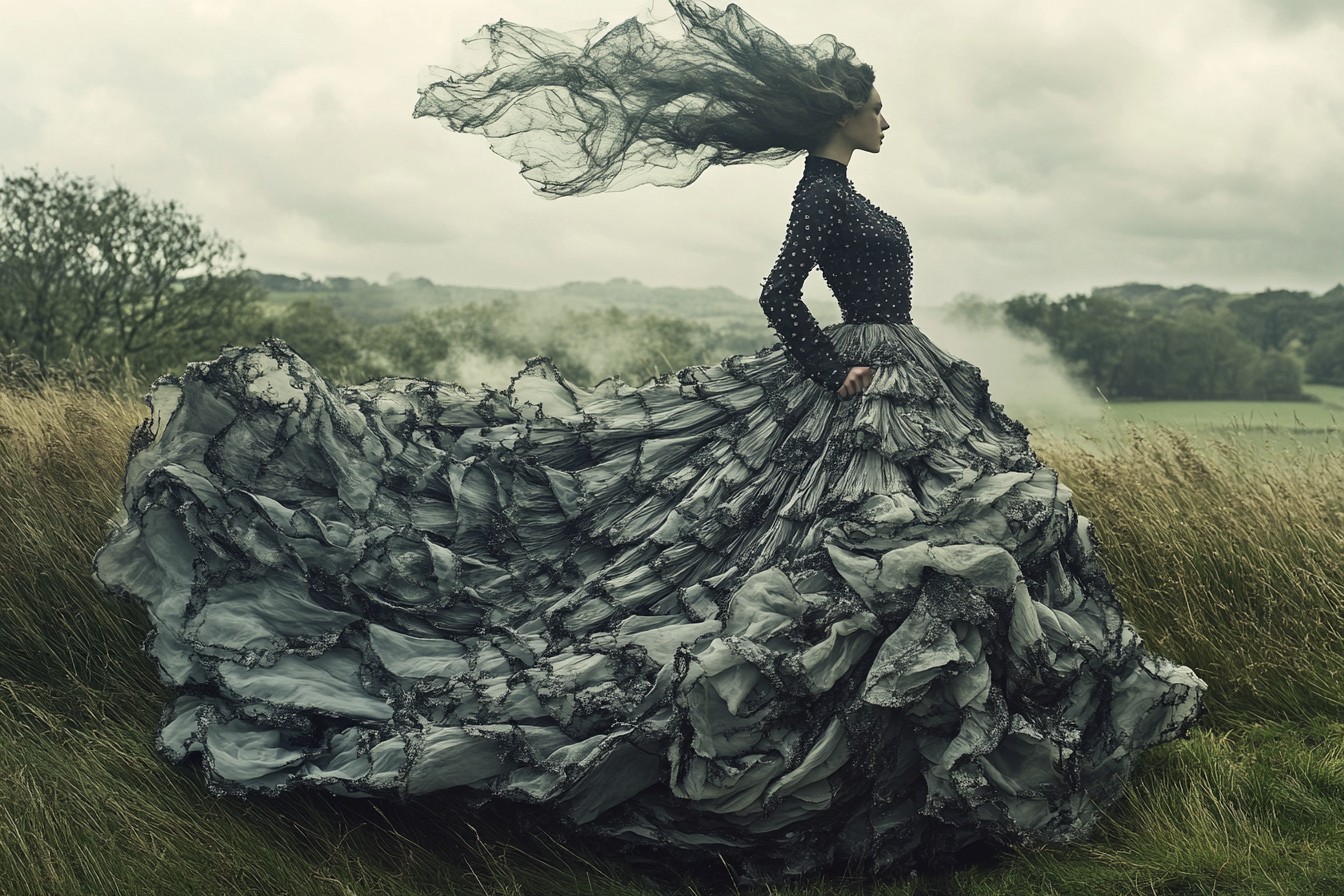
The color palette is important too. The posh have a curious aversion to anything that could be described as “bright” or “fun.” They prefer what I’ve come to think of as “heritage colors”—navy, burgundy, forest green, mustard, and approximately seventeen different shades of beige, none of which would look out of place on a Labrador.
I made the mistake of wearing a hot pink jumper to breakfast during my first visit. The silence that greeted me wasn’t hostile exactly, more confused—as if I’d chosen to wear flippers to the table. “That’s… vibrant,” said James’s grandmother, in the tone one might use to describe a rash. I never wore it again.
For evening, you’ll need at least one proper dress or outfit for dinner. This doesn’t mean gown-level formal (unless specifically stated), but definitely a step up from what normal people consider “smart casual.” For women, a midi dress in a modest cut or smart trousers with a silk top works well. The trick is to aim for elegant rather than sexy—necklines shouldn’t plunge, hemlines shouldn’t rise too high, and anything with cut-outs is right out.
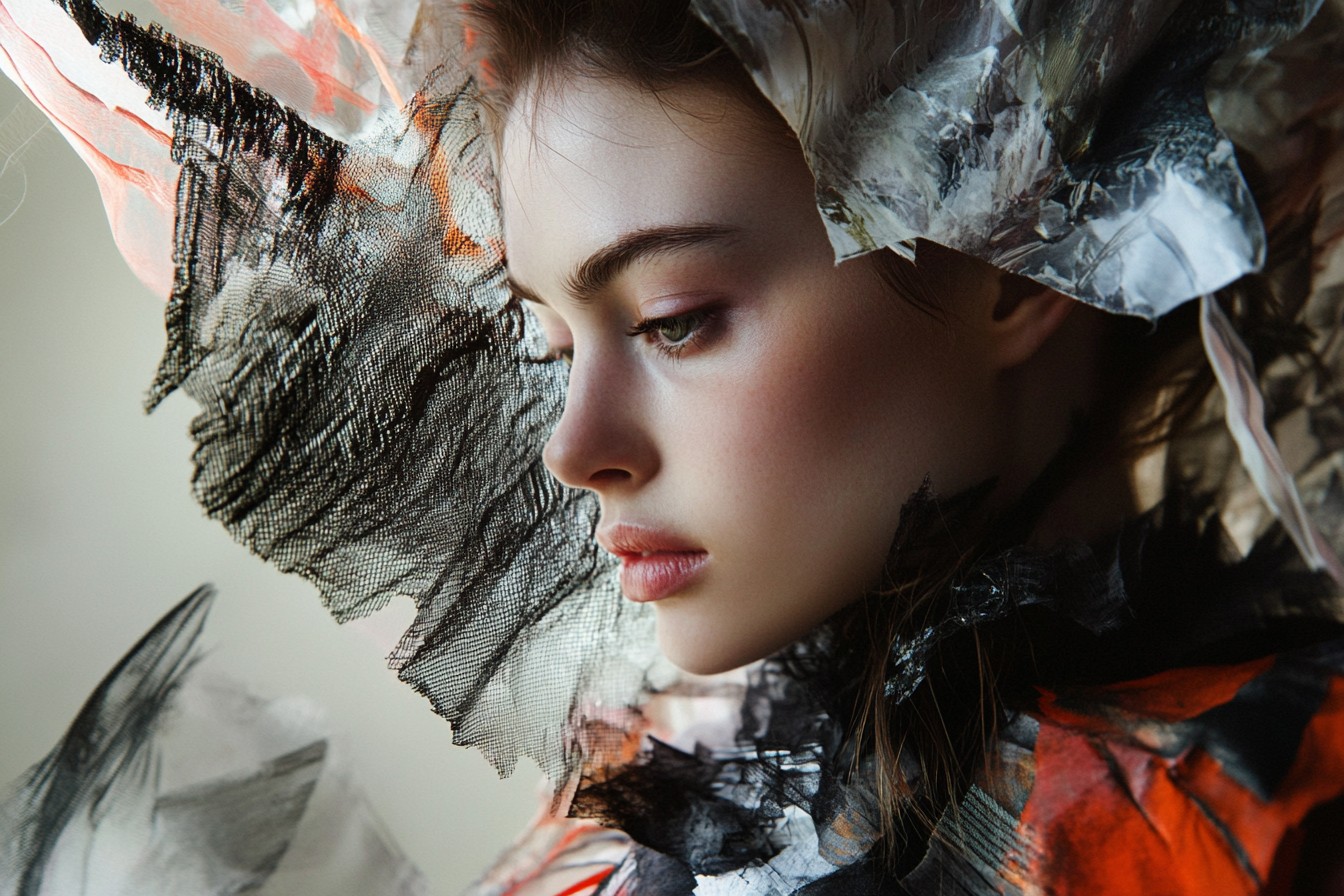
I ended up buying a dark green velvet dress from &Other Stories for my first dinner at Hatherly. It wasn’t expensive, but the fabric made it look more luxurious than it was, and the loose fit meant I could actually eat without having to choose between breathing and dessert. That dress has served me well across multiple posh invitations since—sometimes with different accessories, sometimes with a different hairstyle, but always appropriate without making me feel like I’m in costume.
Shoes are a whole separate category of anxiety. You need at least three pairs: something waterproof for outdoor activities (Wellington boots are the obvious choice, though there’s a whole subtle hierarchy within the wellie world that I’m still figuring out), something comfortable for day wear indoors, and something smart but not too high for evening.
A word on wellies: Hunter boots are fine but slightly obvious. Le Chameau or Aigle are more insider choices if you’re looking to blend in, but honestly, any plain dark green or black wellies will do. Just make sure they’re not patterned—there’s nothing that screams “I bought these specifically for this weekend” like polka dot wellingtons.
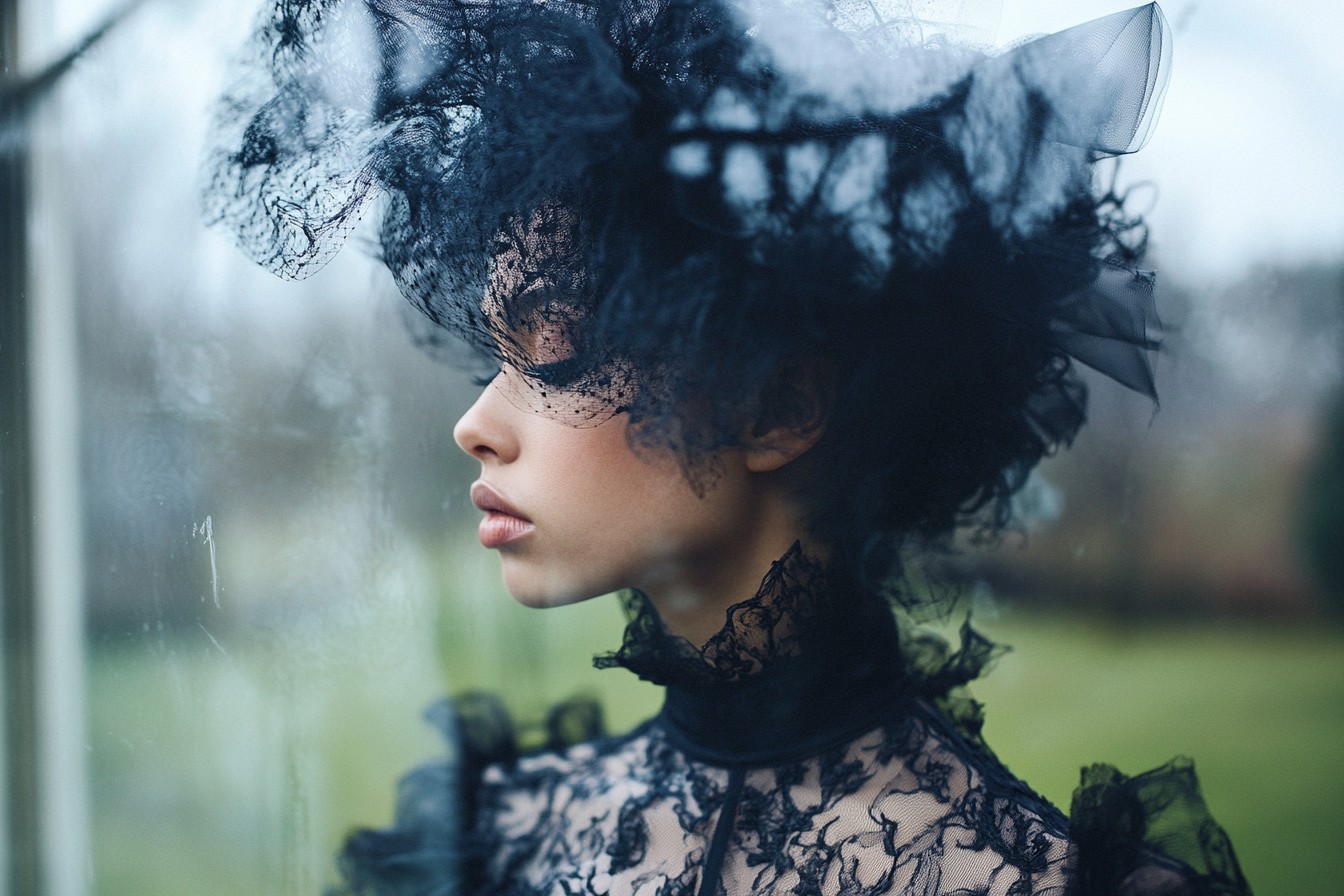
For daytime indoor shoes, loafers, simple sneakers (think Superga or Veja, nothing too sporty), or ankle boots all work well. Evening shoes should be elegant but not too spindly—grand houses often have uneven floors, stone steps, and gravel drives that are hazardous to navigate in stilettos, especially after the generous wine pours that seem to be standard at these gatherings.
Then there’s the question of accessories, which is where you can actually express some personality without causing collective aristocratic heart failure. A colorful scarf, interesting earrings, or a slightly unusual necklace allows you to feel like yourself while still playing by the rules. I’ve found that this is where the upper classes themselves often have a bit of fun—those women who look soberly dressed in navy or beige from a distance often turn out to be wearing earrings shaped like lobsters or necklaces made from antique game pieces up close.
The most important accessory, though, is a certain nonchalance about the whole experience. Nothing gives away your non-posh background faster than visible awe at the surroundings or, worse, taking photos. James gently warned me about this before my first visit: “Try not to act like you’re at a National Trust property. It’s just a house to us.”
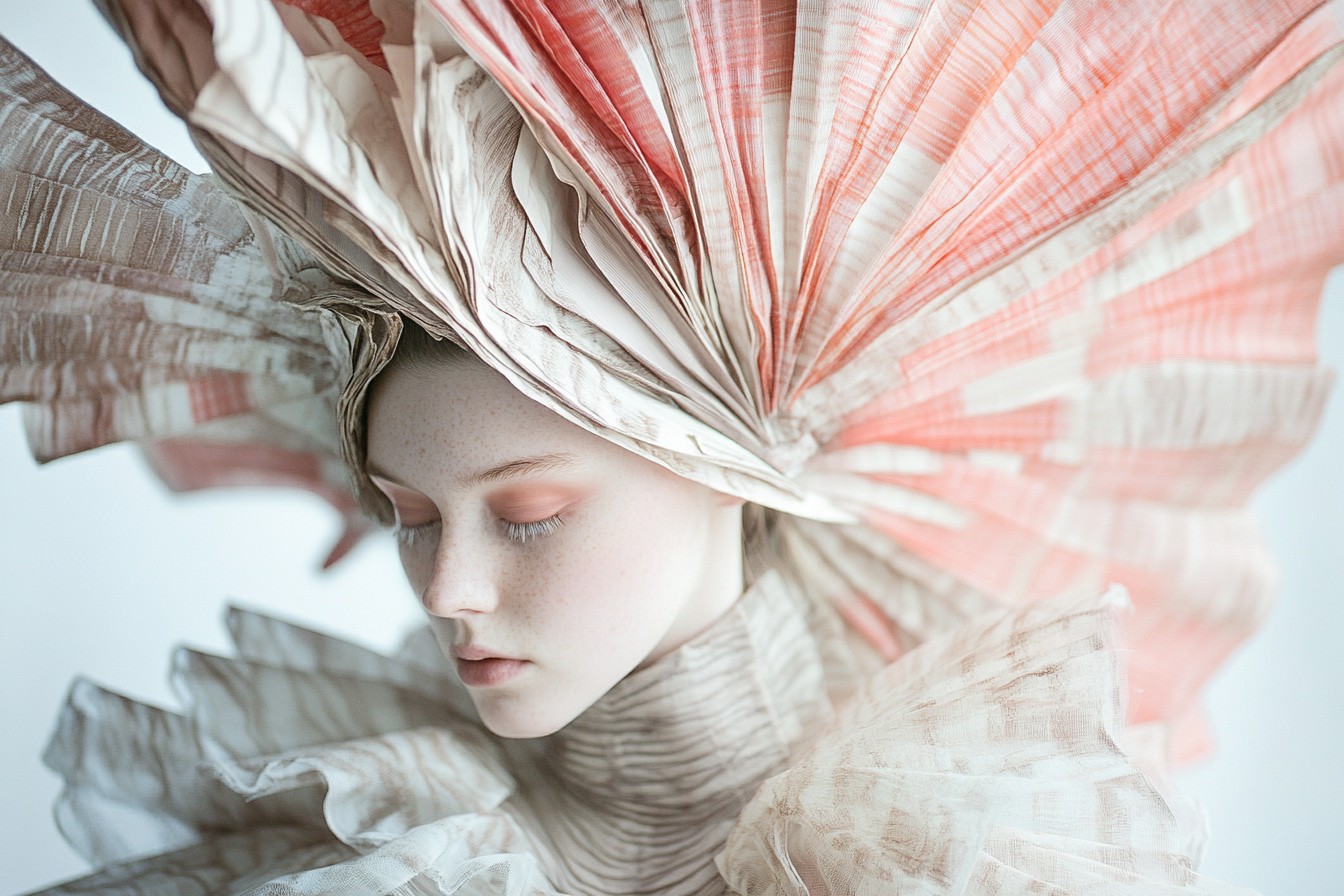
A house with fourteen bedrooms, original Gainsboroughs on the walls, and a staff quarters, but sure, just a house.
What no one tells you about these weekends is how structured they are. There’s a rhythm to the days that feels like it hasn’t changed since Edwardian times. Breakfast is early and informal—help yourself from sideboard, feel free to wander down anytime between 8 and 9:30. Then there’s usually some sort of outdoor activity planned—a walk, shooting (though thankfully this wasn’t expected of me), or just “pottering around the grounds,” which is apparently a legitimate activity when the grounds are larger than the village I grew up in.
Lunch is a strange meal in these circles—sometimes elaborate, sometimes just soup and sandwiches, depending on the plans for the day. Tea happens precisely at four, with tiny sandwiches and cakes arranged on tiered stands like something from a period drama. Then there’s time to rest or bathe before drinks at seven, dinner at eight, and potentially some sort of evening entertainment afterward, from cards to charades to just sitting around drinking increasingly expensive whisky while discussing people I’ve never heard of.

What to pack for all these occasions? At minimum:
– One waterproof jacket (ideally waxed Barbour-style, but any subdued waterproof will do)
– One warm jumper for outdoor activities
– One blazer for indoor daytime
– Two pairs of jeans/trousers
– Two to three shirts or tops that can layer
– One smart outfit for dinner
– Wellies/outdoor boots
– Indoor day shoes
– Evening shoes
– Pajamas that you wouldn’t be embarrassed to be seen in at breakfast
– A dressing gown (essential for navigating shared bathrooms in old houses)
– A hot water bottle (I’m not joking—those houses are COLD at night)
That last item reminds me—pack for comfort as well as style. Country houses are rarely as comfortable as they are grand. The heating is usually inadequate, the beds often lumpy, and the bathrooms frequently require a map and compass to locate in the middle of the night. Cozy socks, layers for sleeping, and anything else that might make ancient accommodations more bearable are worth their weight in gold.
There are some things you absolutely shouldn’t bring, too. Anything overtly branded is considered a bit vulgar. Your designer handbag might be your pride and joy, but if the logo is visible from space, maybe leave it at home. The truly posh often wear things that are well-made but deliberately unflashy—quality is assumed rather than advertised.
Also on the do-not-pack list: anything too trend-focused or fashion-forward. The upper classes have a curious relationship with fashion—they’re aware of it but deliberately about five years behind, as if rushing to adopt new trends would suggest an unseemly eagerness. Classic pieces that could have been worn anytime in the last decade are safer territory.
The single most useful thing I packed for my first weekend wasn’t clothing at all—it was a hostess gift. Not wine (they have cellars full of the stuff), not chocolates (too ordinary), but a beautiful hand-bound notebook I found in an independent bookshop. James’s mother was genuinely delighted, not because she needed another notebook, but because it showed I understood the unwritten rule that you never arrive empty-handed.
Other good hostess gift options: unusual preserves or condiments (especially if they have a story attached), interesting small-batch spirits, beautiful hand soap or candles, or anything personal to their interests. James’s mother is an avid gardener, so for my second visit I brought a set of heritage seeds from a specialist provider. That went down so well I was upgraded from the Blue Room to one with an en-suite bathroom.
Perhaps the most important thing to remember is that while the setting might be intimidating, the people are just… people. Wealthy people with different reference points, certainly, but still capable of normal human connection. I’ve found that most of them are actually quite interested in lives different from their own, even if they sometimes express this interest in ways that make me want to start a revolution.
During my second country house weekend (not at Hatherly but another equally ridiculous property owned by James’s friend), I mentioned growing up on a council estate. There was a brief awkward silence, and then the hostess said, “How fascinating! Was it terribly character-building?” I chose to take it as genuine curiosity rather than condescension, and the conversation that followed was surprisingly warm.
The best approach, I’ve found, is honesty without defensiveness. Yes, this world is alien to me. No, I don’t know all the unwritten rules. But I’m here as myself, not pretending to be something I’m not. The rare moments of genuine connection—like sitting in the kitchen at 1 AM with James and his sister, drinking tea and talking about our mothers while the formal façade dropped away—make the awkward ones worthwhile.
So if you, like me, find yourself with an invitation to a world your background didn’t prepare you for, my advice is this: pack more than you think you need, stick to understated classics, bring a thoughtful gift, and remember that beneath the grand surroundings and odd social codes, we’re all just people muddling through. Even those whose ancestors have been muddling through in the same house for 400 years.

